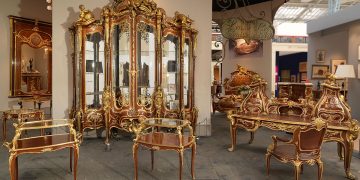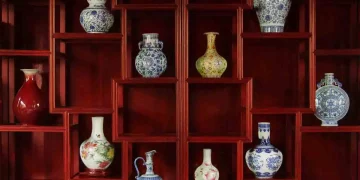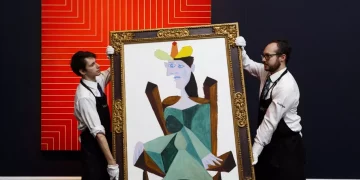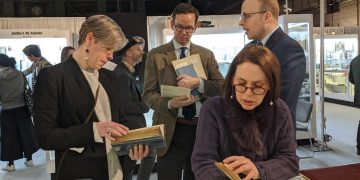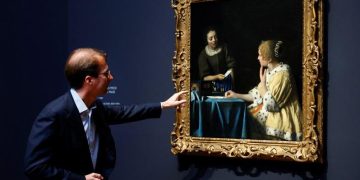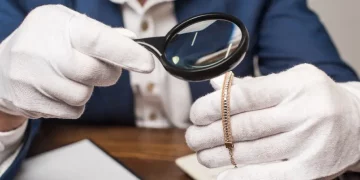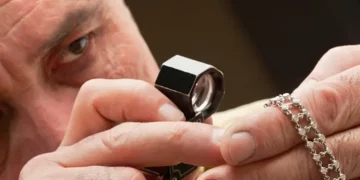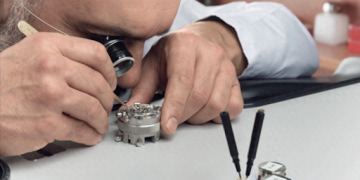The collectibles market can be a lucrative but tricky terrain for both novice and seasoned investors. While the potential for financial gain is high, the risks are equally significant. Whether you’re looking to invest in art, antiques, vintage cars, rare stamps, or other valuable items, it’s essential to have the right approach to avoid common pitfalls. In this article, we’ll explore strategies and techniques to ensure you make informed, smart purchases and steer clear of the traps that often catch unwary buyers.
1. Do Your Research: Knowledge is Power
The first and most crucial step to avoid falling into the traps of the collectibles market is thorough research. Just like any other market, the collectibles world is filled with opportunities, but it’s also rife with potential fraud and misinformation.
Know the Market Trends
Understanding the market trends and knowing what’s in demand can give you a significant edge. Collectibles are driven by market forces that fluctuate based on current trends, nostalgia, rarity, and even speculation. Be aware of market cycles and price changes over time. For instance, a vintage Rolex watch might be in high demand one year, only to see a drop in value the next.
Study the Item
Before making any purchase, make sure you thoroughly understand the item you are buying. Research the artist, manufacturer, or creator behind the item. For instance, if you are buying art, make sure you know the artist’s history, their previous works, and their reputation in the market. Similarly, with vintage items, research the maker’s reputation and the item’s authenticity.
Tip: Use online resources, forums, auction house archives, and even consult experts to understand an item’s value.
2. Authenticate the Item
One of the most dangerous traps in the collectibles market is buying counterfeit items or misrepresented goods. This is especially a concern in markets like art, luxury goods, and vintage watches, where fakes and forgeries are common.
Work with Reputable Sellers
Always buy from trusted sources—auction houses, certified dealers, and well-known online platforms. These entities typically have processes in place to verify the authenticity of their items.
Get Expert Verification
If in doubt, invest in professional authentication services. Many auction houses and independent experts offer verification services for high-end collectibles. You can also use provenance documentation, which traces an item’s ownership history, to confirm its authenticity.
Certificates of Authenticity
Many collectibles, especially in the art and sports memorabilia sectors, come with certificates of authenticity (COA). While these are not foolproof, they are a good starting point for ensuring an item’s legitimacy. However, be cautious—there are also fraudulent COAs, so cross-check with trusted experts if necessary.
Tip: Ask for any available provenance documents, certificates, or independent appraisals before committing to a purchase.
3. Evaluate Rarity and Demand
The value of a collectible often hinges on its rarity and the demand for it. However, the market can sometimes be flooded with items that appear rare, but in reality, are far more common than initially thought.
Assess Scarcity
Rare doesn’t always mean valuable. An item’s rarity needs to be coupled with demand. For example, certain vintage items may seem rare but may have limited appeal to buyers, making them less valuable than anticipated. Conversely, something that was once mass-produced might have appreciated due to a cultural shift or renewed interest.
Understand Long-Term Demand
Some collectibles may experience a short-term boom due to trends or celebrity endorsement, but it’s essential to assess whether the demand will hold up in the long term. Classic cars, for example, can spike in value during certain periods but may lose value if the trend dies out. Always evaluate whether the rarity is genuine and if there’s lasting interest in the item.
Tip: Work with market analysts, attend collector conventions, and follow reputable industry publications to gauge the lasting appeal and demand for an item.
4. Be Cautious of Overpaying: Understand Market Value
One of the quickest ways to fall into a trap is overpaying for a collectible. Whether it’s due to hype, a seller’s marketing tactics, or an emotional impulse, overpaying can result in significant losses.
Know the Current Market Price
Always check the current market value before buying an item. You can do this by browsing online auction sites, checking with dealers, or consulting pricing guides that specialize in your area of interest. Auction results can be a good indicator of the current market value.
Don’t Get Swept Away by Emotion
The emotional aspect of collecting is often a double-edged sword. While it’s natural to fall in love with an item, allowing emotions to drive your purchasing decisions can cloud your judgment and lead to overpaying. Whether you’re bidding at an auction or negotiating with a seller, set a maximum price you’re willing to pay and stick to it.
Understand the Seller’s Motivation
If you’re buying from a private seller or at a flea market, be aware that the seller’s motivations might differ from yours. They may be trying to offload an item quickly, and thus, may set the price higher than its fair market value. In such cases, be cautious and ask for supporting documentation to justify the asking price.
Tip: Never let excitement push you beyond your budget. Consider working with a trusted advisor or appraiser to determine the true value of the collectible.
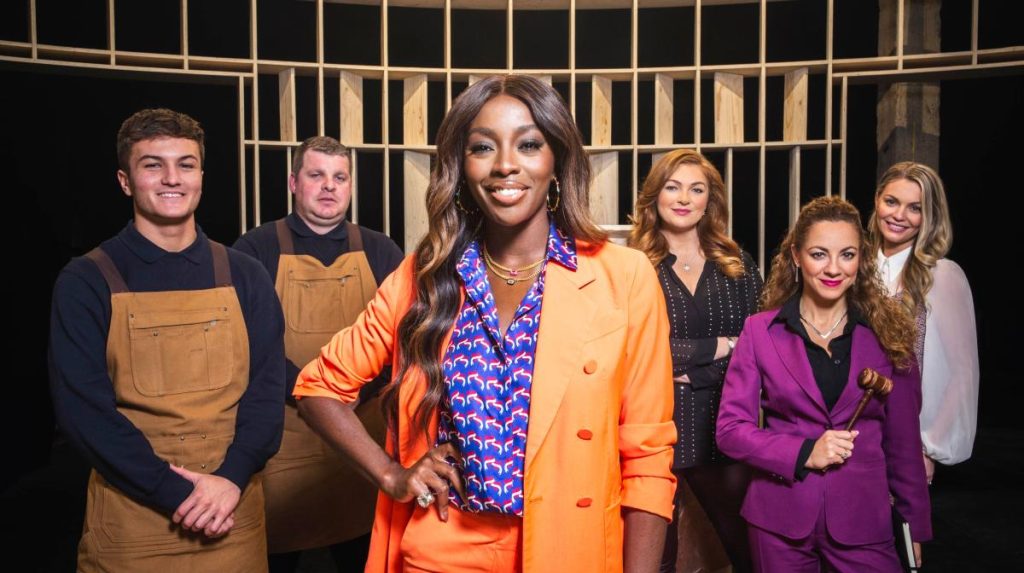
5. Beware of Speculation: Avoid “Get-Rich-Quick” Schemes
The allure of quick profits is one of the biggest traps in the collectibles market. Speculative markets, especially with rare items like comic books, baseball cards, or limited-edition sneakers, can sometimes cause people to jump in hoping for instant wealth.
Understand the Risks
Speculation can be risky, as markets for collectibles are volatile. Some items, like rare Pokémon cards, might see sudden spikes in value, but these trends can be unpredictable and unsustainable. Just because an item is trending now doesn’t mean it will continue to appreciate in the long run.
Consider the Long-Term Investment
True collectors often buy items with a long-term perspective. If you are purchasing for investment purposes, ensure that the item has a stable or predictable growth pattern, and be prepared to hold onto it for years or even decades.
Avoid Hype and FOMO (Fear of Missing Out)
The collectibles market is often driven by social media trends or celebrity endorsements, and it can be easy to get swept up in the hype. Before buying an item based on a viral trend, ask yourself whether you are making a sound investment or just riding the wave of a temporary craze.
Tip: Be skeptical of anything that promises guaranteed returns in a short time. Focus on items with real cultural or historical significance rather than those driven by fleeting trends.
6. Understand Storage and Maintenance Costs
When investing in high-value collectibles, it’s important to remember that owning them comes with additional responsibilities, including storage and maintenance.
Know the Costs of Care
Rare items—whether it’s artwork, vintage wine, or antique furniture—require careful storage and climate-controlled conditions to maintain their condition and value. Failure to properly care for an item can lead to significant depreciation in value.
For example, vintage cars need regular maintenance, while artwork needs to be stored in temperature-controlled environments to prevent deterioration. These ongoing costs can add up, so it’s essential to factor them into your overall investment strategy.
Insurance
Collectibles, especially high-value items, should be insured against theft, damage, or loss. Ensure you have proper insurance in place to cover the potential risk of damage or theft.
Tip: Always account for long-term storage and insurance costs when purchasing high-value collectibles. A poorly maintained item will rapidly lose its value.
7. Work with Trusted Professionals
Finally, one of the best ways to avoid pitfalls is to surround yourself with the right professionals—whether that’s advisors, appraisers, or specialists in the field. Professionals can help you spot red flags, ensure you’re getting a fair price, and offer insights into the true value of a collectible.
Consult with Experts
Depending on the collectible, it may be helpful to consult with specialists in art, antiques, sports memorabilia, or other fields. These experts can provide invaluable guidance in ensuring that the piece is authentic, fairly priced, and has future investment potential.
Legal Protection
If you’re making a high-value purchase, consider having a lawyer review the terms of the sale or auction agreement, particularly when it comes to returns, guarantees, and ownership rights.
Tip: Never hesitate to seek expert advice before committing to any significant purchase.
Conclusion
The collectibles market can offer exciting opportunities for investment, but it requires caution and a careful approach. By doing thorough research, verifying the authenticity of items, understanding market trends, and working with trusted professionals, you can significantly reduce the risks associated with collecting. Always remember that the right purchasing techniques can help you avoid common pitfalls and ensure that your investments remain profitable and satisfying in the long run.



